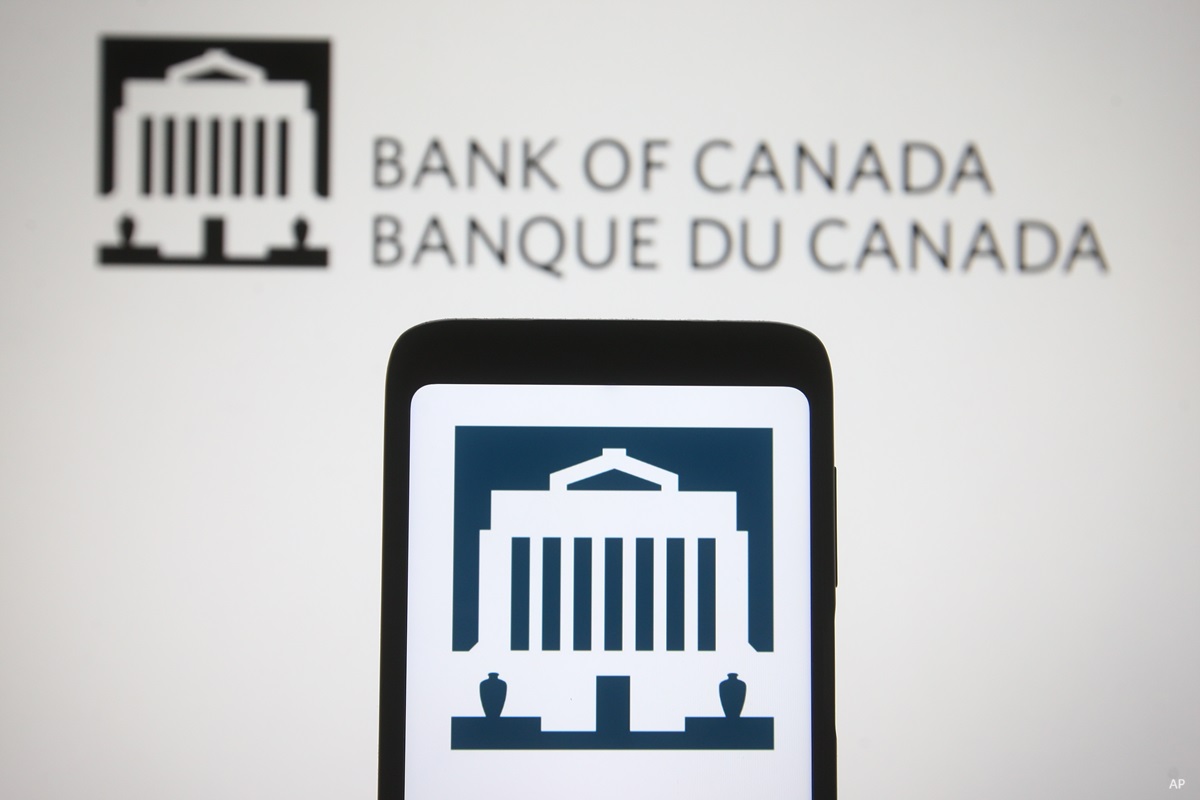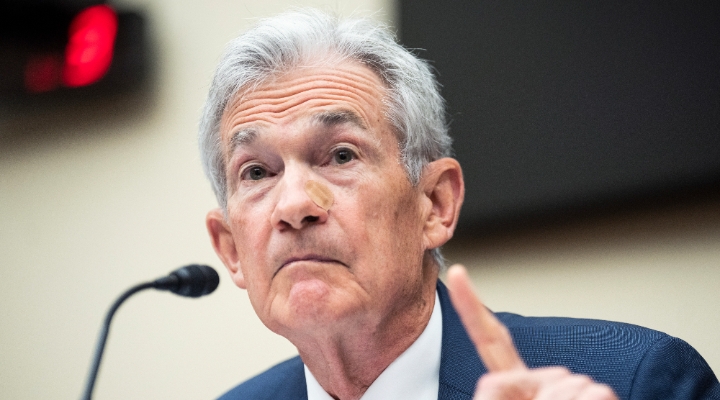
On June 5th, the Bank of Canada trimmed its key interest rate by 0.25%. Read more about the decision here.
This week, the Bank of Canada will announce its decision on interest rates on Wednesday, June 5th. Many expected this to be the start of cuts as the Bank of Canada shifted gears to a long-term focus, but things have changed.
“Growth in the economy looks to be picking up,” said Bank of Canada Governor Tiff Macklem to the House of Commons Standing Committee on Finance earlier this month. “We expect GDP growth to be solid this year and to strengthen further in 2025.”
A growing economy in Canada could prove problematic if employee productivity can’t keep up, cautioned Bank of Canada senior deputy governor Carolyn Rogers earlier this year: “An economy with low productivity can grow only so quickly before inflation sets in.” In response, Canadian businesses need to give workers better tools and better training, so those workers can produce more, said Rogers, “That, in turn, means more revenue for the business, which allows it to absorb rising costs, including higher wages, without having to raise prices.”
Bank of Canada Avoiding Loss of Progress on Lower Prices
Concerning rising costs and remaining slack in the Canadian supply, “The strengthening economy will gradually absorb excess supply through 2025 and into 2026,” said Macklem, reminding us that interest rates staying on hold isn’t off the table. “We don’t want to leave monetary policy this restrictive longer than we need to. But if we lower our policy interest rate too early or cut too fast, we could jeopardize the progress we’ve made in bringing inflation down.”
Looking ahead, Macklem expects core inflation to continue to ease gradually: “Three-month rates of core inflation are well below the 12-month rates, suggesting some downward momentum. But with gasoline prices rising, CPI inflation is likely to remain around 3% in the coming months. It is then expected to ease below 2.5% in the second half of this year and reach the 2% target in 2025.”
Macklem also warned about the impact of unpredictable external factors: “Inflation could be higher if global tensions escalate, if house prices in Canada rise faster than expected, or if wage growth stays high relative to productivity. On the downside, economic activity globally and in Canada could be weaker than expected, cooling demand and inflation too much.”
As Canadian policymakers hope for the right conditions to ease up on restrictive monetary policy, the resiliency of economic growth in the U.S. in the face of aggressive rate hikes from the Fed has surprised Morningstar’s Chief U.S. Economist Preston Caldwell. “This means the ‘overheating’ scenario has increased in probability, where the economy grows at a rollicking pace and inflation remains in the 3%–4% range,” he says.
Will U.S. Inflation Ever Go Down?
While recent developments have been concerning, on a long-term basis, Caldwell still expects inflation to average 1.9% from 2024 to 2028—falling just under the Fed’s 2.0% inflation target. “We still think that the Fed’s rate hikes executed thus far will eventually slow GDP growth sufficiently and that inflation will drop to 2% (while avoiding an outright recession). The effects of these rate hikes are still accumulating throughout the economy as borrowers roll over to higher interest rates and exhaust their financial cushions.”
When it comes to the impact of rising costs and supply chains on inflation in the U.S., Caldwell says there’s help on the way. “One indicator on the logistics side is that there are enough container ships set to be delivered over the next several years to expand the current fleet by 30%.” He also noted that manufacturing capacity is on the rise in the U.S. and China.
Caldwell’s base case is that U.S. inflation will return to normal in the second half of 2024, even as real GDP growth remains positive in year-over-year terms, and that the economy will make a “soft landing.” He reminds investors, however, “If inflation proves stickier than expected, the Fed stands ready to do whatever’s necessary—including inducing a recession—to bring inflation down to 2%.”
Bank of Canada Interest Rate Probabilities
We can also use tools to gauge market sentiment around Canadian and U.S. interest rate directions. One way to do that is by looking at assets often seen as hedges to higher interest rates. When interest rates rise, investors may seek out the relative stability of a guaranteed financial contract.
Watching the prices of common short-term investments known as “bankers’ acceptances”, where banks guarantee payment, is one way to gauge market sentiment around interest rates. In Canada, “BAX” contracts (which track the value of bankers' acceptances) trade on the Montréal Exchange and are used to produce implied short-term interest rate movements and probabilities for Canada.
BAX prices can be volatile as economic forecasts change frequently, but as of June 3rd, the metric suggests Canada is still headed for a steady decline in rates, which may reflect continued expectations of a soft landing for the Canadian economy. Specifically, the prices suggest there is:
- a 38% chance of a 0.25% drop in interest rates in Canada by June 2024;
- a 33% chance of a 0.50% drop by September 2024;
- a 61% chance of a 0.75% drop by March 2025; and
- a 59% chance of a 1.00% drop by September 2025.
Compared with our last interest-rate outlook based on BAX prices, a Canadian interest rate cut is less likely next week but long-term interest rates still follow a downward trend. The U.S. appears to have a similar yet far more certain outlook for June of this year according to the CME FedWatch tool, with a 99.9% chance of interest rates staying on hold as of June 3rd.
Canada Could Still Carve Its Own Path on Interest Rates
Back in Canada, “I realize that what most Canadians want to know is when we will lower our policy interest rate,” said Macklem. To finally be able to cut interest rates, “We are seeing what we need to see. We just need to see it for longer to be confident that progress toward price stability will be sustained.” To the question on the minds of Canadians from coast to coast, Macklem says: “The short answer is we are getting closer.”





.jpg)













